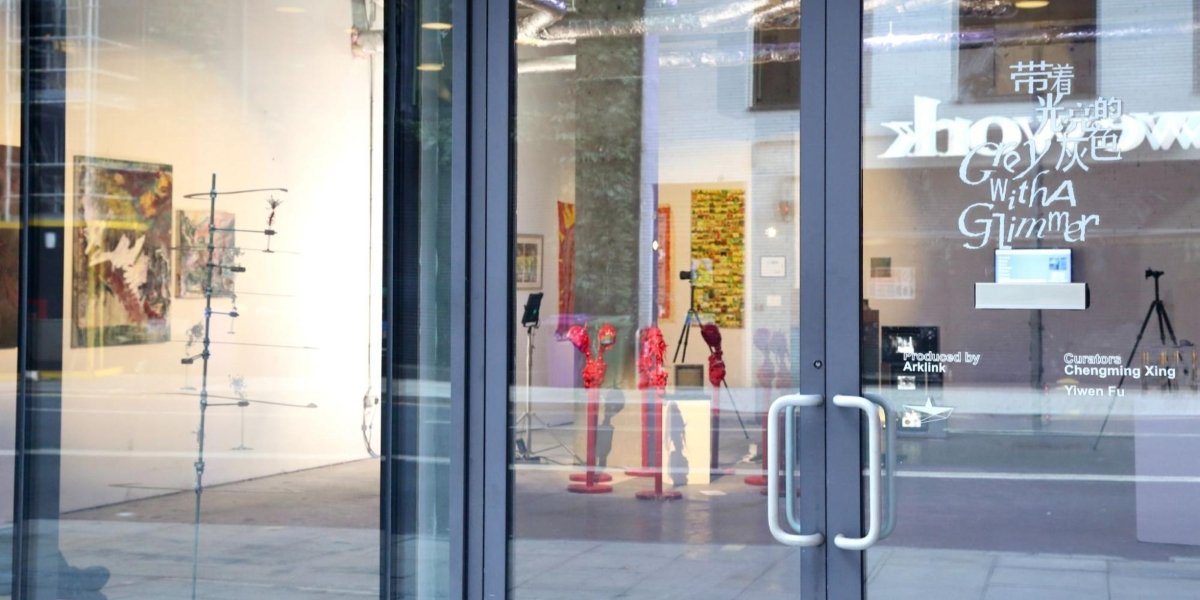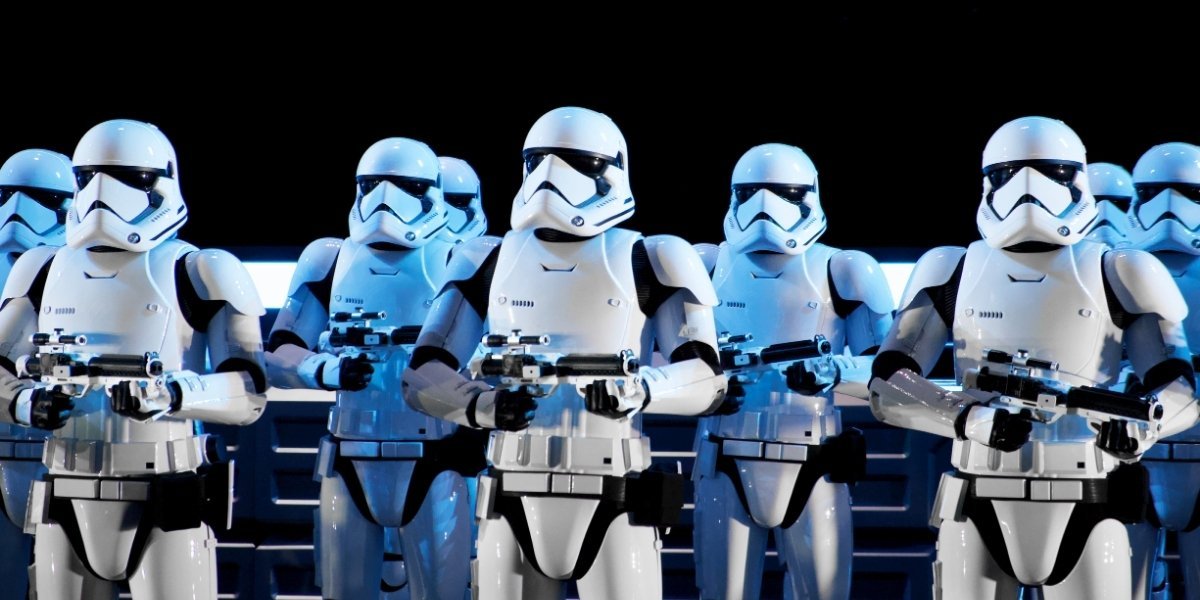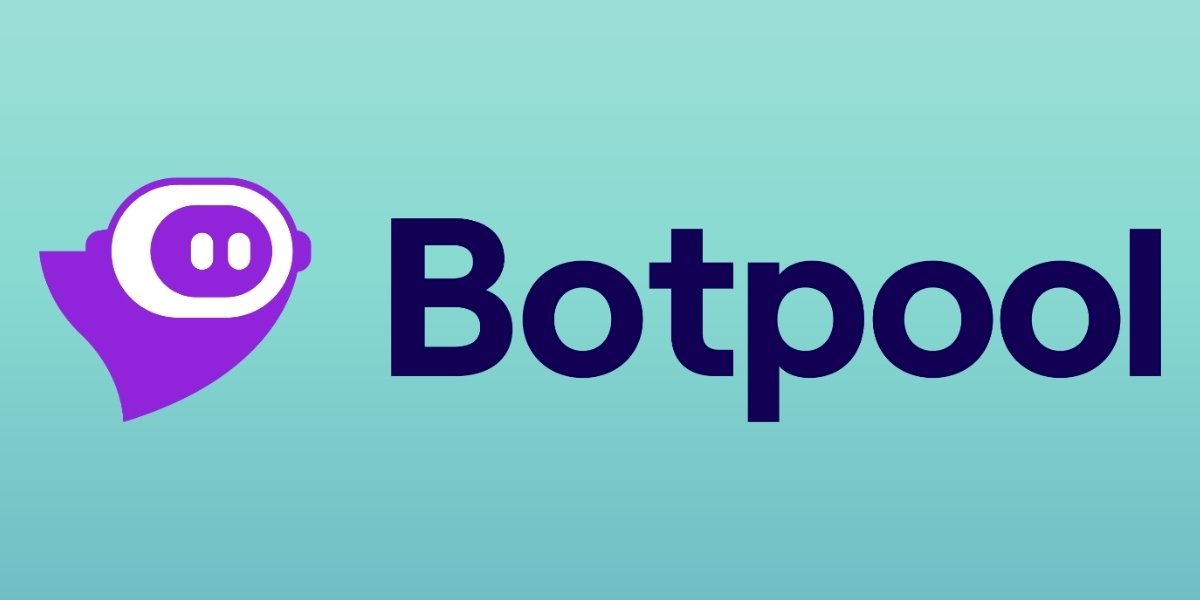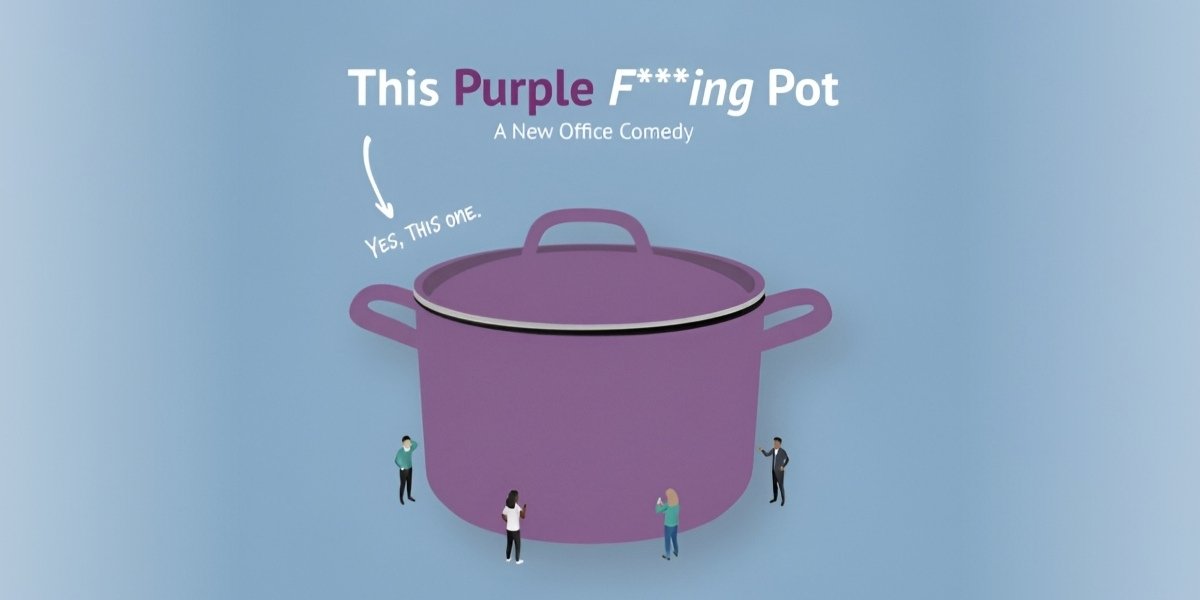The legend of Frankenstein’s monster is one of the most enduring in popular culture. It has been adapted into countless films, books, and plays, but many often mistake the creature for its portrayal in the movies. The true origin of Frankenstein’s monster lies in the 1818 novel by Mary Shelley, Frankenstein, a work that reshaped literature, the horror genre, and even the way we think about creation, ethics, and responsibility.
The iconic image of the monster with green skin, bolts in his neck, and a lumbering gait is a far cry from the tragic figure created by Shelley. While the book explores deep themes of humanity, isolation, and the consequences of scientific hubris, the monster’s cultural legacy has taken on a life of its own, far beyond its literary roots.
The Creation of Frankenstein’s Monster: Shelley’s Revolutionary Novel
The novel Frankenstein is considered one of the first works of science fiction and a foundational text in gothic literature. Mary Shelley’s creation of Frankenstein’s monster was revolutionary, blending the cutting-edge scientific discourse of the time with deeply philosophical questions about the nature of humanity and the ethical limits of scientific experimentation. At its heart, Frankenstein is about the consequences of trying to transcend natural boundaries without understanding the full ramifications.
Dr. Victor Frankenstein, a brilliant but misguided scientist, creates life in his laboratory, reanimating a grotesque body assembled from parts of the deceased. However, rather than a creature of beauty or grace, Frankenstein’s monster is an abomination in the eyes of its creator. Cast away and rejected by its maker, the monster embarks on a journey of loneliness, seeking acceptance while being hunted by a society that sees it as nothing more than a monster.
In contrast to the monstrous appearance, the creature’s character is deeply human. It yearns for companionship and understanding, showing a vulnerability that resonates with readers. The true horror of the story lies not in the monster’s appearance but in the treatment it receives and the profound consequences of Dr. Frankenstein’s irresponsible actions.
A Misunderstood Creature: The Evolution of Frankenstein’s Monster in Popular Culture
In modern adaptations, the image of Frankenstein’s monster has been reduced to a simple, even comical, figure. This shift began in 1931 with the Universal Pictures film Frankenstein, directed by James Whale. The movie introduced the iconic visual of a hulking, green-skinned monster, which became the face of Frankenstein in popular culture. The portrayal, with the creature’s infamous flat head, bolts, and lumbering walk, became so pervasive that many mistakenly associate this version with the novel itself.
However, this cinematic interpretation strips away the complexity of Shelley’s original creation. While the film captures the monster’s physical form, it misses the essence of the character’s philosophical struggle. The book’s monster is not merely a mindless beast; it is a tragic figure, isolated by its appearance and rejected by its creator. The creature’s internal journey—his search for meaning, compassion, and acceptance—is what makes him a symbol of human struggle, not simply a figure of horror.
Throughout the 20th and 21st centuries, Frankenstein’s monster has continued to evolve. From comedic adaptations to modern horror retellings, the character has been reinterpreted in countless ways. Yet, at its core, the creature remains a reflection of humanity’s greatest fears and desires: the fear of the unknown, the dangers of unchecked scientific progress, and the universal need for connection.
Frankenstein’s Monster as a Cultural Icon: Legacy Beyond Literature
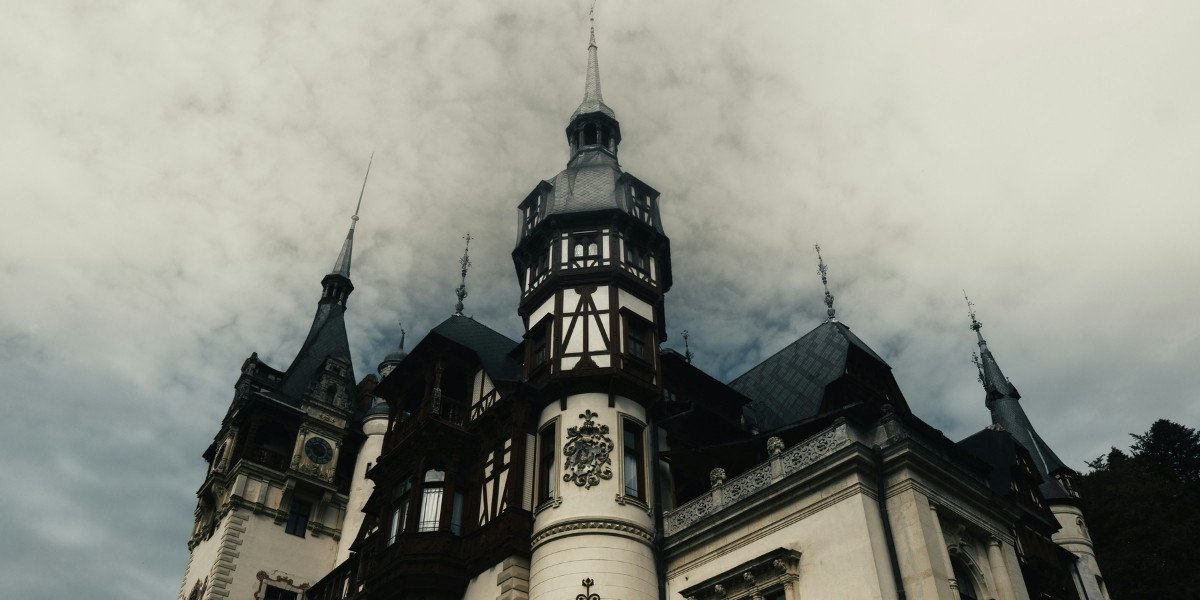
Photo Credit: Unsplash.com
The cultural impact of Frankenstein cannot be overstated. Frankenstein’s monster, with his complex narrative of creation and rejection, became a symbol of societal outcasts and the struggle for identity. In the centuries since the novel’s publication, the figure has inspired a multitude of works in film, television, art, and even social commentary.
Artists, filmmakers, and writers have continually returned to Frankenstein to explore the themes of human nature, technology, and ethics. One of the most significant aspects of Frankenstein’s monster is its ability to be reinterpreted through contemporary lenses, keeping the legend alive and relevant. Whether in the form of graphic novels, contemporary film adaptations, or installations in modern art galleries, Frankenstein’s monster is no longer confined to the realm of horror fiction but is instead a rich subject for philosophical discourse.
In some of the most recent adaptations, the monster’s struggles have been reframed to explore themes of artificial intelligence, biotechnology, and genetic engineering—fields of science that have advanced since Shelley’s time but still pose similar ethical questions. Frankenstein continues to resonate because it asks timeless questions: What does it mean to be human? What responsibility do creators have for their creations? And where do we draw the line in our pursuit of knowledge?
The Enduring Legacy: Frankenstein’s Monster in the Modern World
As we continue to grapple with the implications of modern science and technology, Frankenstein’s monster remains a poignant reminder of the dangers of unchecked ambition and the moral complexities of creation. Today, the creature’s story is more relevant than ever, as scientists push the boundaries of artificial intelligence, genetic modification, and robotics. The monster’s narrative, once confined to gothic horror, has expanded into discussions of the ethics of creation and the responsibilities of innovators in all fields.
Frankenstein’s monster may have been born from a gothic novel, but the questions it raises transcend literature. The figure of the monster has become a symbol of the unintended consequences of scientific progress and the fragility of human identity. In this way, the monster serves as both a cautionary tale and a mirror to contemporary society—a society where the line between man and machine continues to blur.
The story of Frankenstein and his monster is a timeless exploration of human nature, responsibility, and the dangers of unchecked innovation. As we face new challenges and opportunities in science and technology, the legacy of Frankenstein continues to inform our understanding of what it means to be human.



